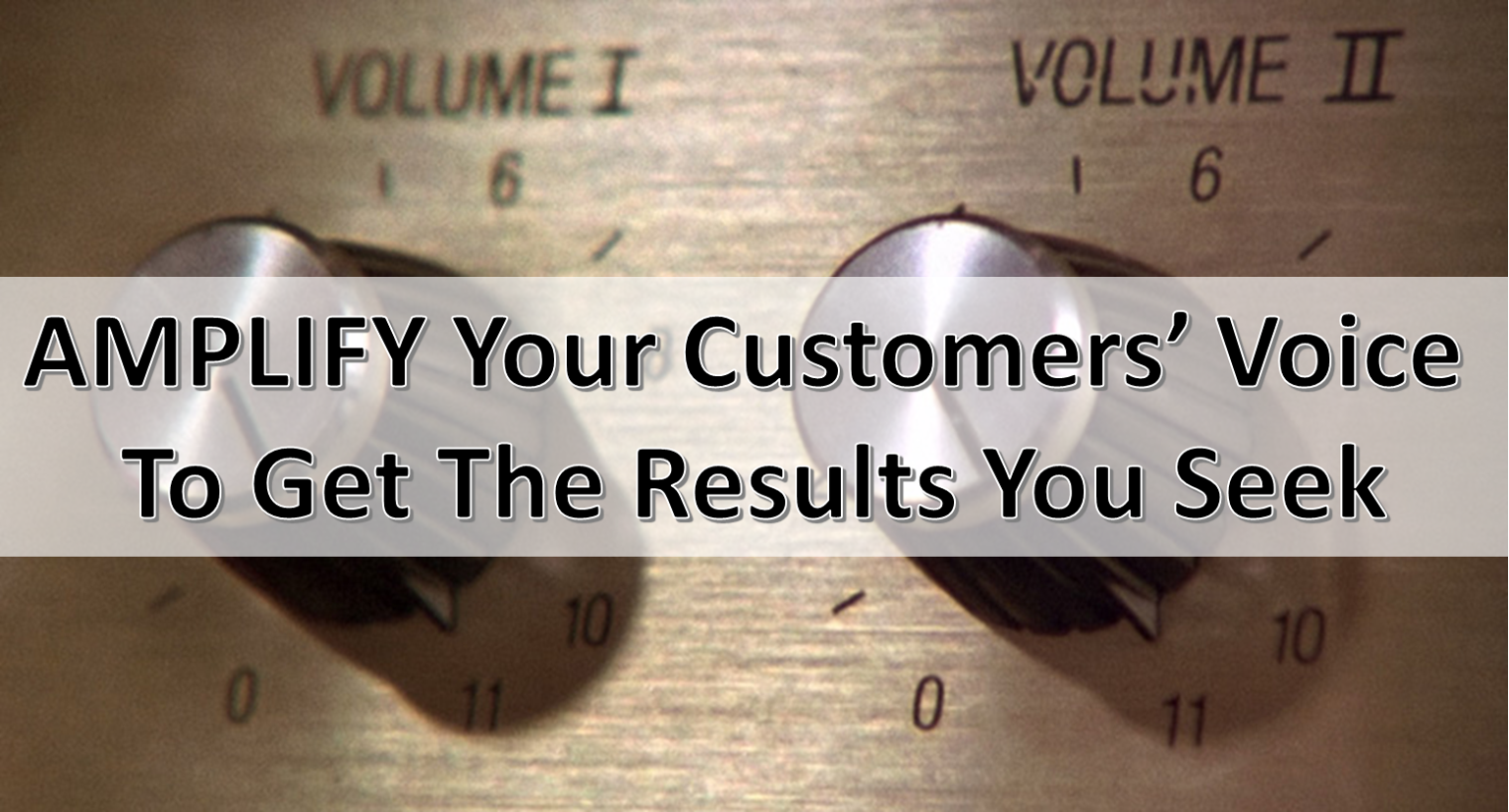Search Waypoint Resources
How to Get the Product Team To Build the Right Enhancements?

“My company continues to invest in build new product features. Meanwhile, my Customer Success Managers spend more and more time dealing with product performance (speed) issues. The right product-roadmap is probably a balance, but the product team isn’t understanding the impact of our product’s poor performance on our ability to retain customers. Any suggestions on how I can help them see the light?”
I received the above question from a VP Customer Success and thought I’d take a quick time-out from the latest “Stop the Check-InSanity” best-practices in Customer Success to address the question directly. Here’s my take… which of these 2 options (or are there other options?) will have better results:
Option 1: Make it clear to the executive team that existing customers are citing product performance as a hindrance to renewal. An example:
Dear CEO and VP Product — I continue to find that product performance is causing us to lose customers. I spoke directly to several accounts that told me that they were contemplating a switch because of performance issues. We need to fix this… My customers are frustrated that it’s timing out and they can never get things done! What can I tell them / do you have any updates on this item?”
Option 2: Amplify your customer’s voice by humanizing customers and what they mean to the business. Here’s an example:
“Dear CEO and VP Product — Our customer feedback shows that product performance is the most important issue to our customers. We’ve found that 27% of the customers that mentioned performance over the last 18 months have subsequently churned, resulting in $1.2M hit to our bottom line this quarter. Looking at next quarter we can expect another $1.45M lost if this continues. Here are representative comments:
“The system is very slow. I have heard other organizations complain about system response times as well so I don’t think it’s just me.” – [Name], Detractor, Key Influencer, Tier 1 Strategic Account [Name], ARR = $452k
“System is slow during peak usage times and often times out.” – [Name], Detractor, Key Influencer, Tier 2 Growth account [Name], ARR = $185k
“Faster speed running reports and simulations.” – [Name], Decision Maker, Tier 2 Growth account [Name], ARR = $140k
“Improve core application performance time” – [Name], Detractor, Key Influencer, Tier 2 Growth account [Name], ARR = $132k
“Improve performance speed.” – [Name], Decision Maker, Tier 2 Growth account [Name], ARR = $90k
Assuming you have a voice-of-customer platform in place, such as TopBox, then humanizing and financially-quantifying the data should be easy. Including context — such as name of the respondent, role/persona, and value — enables colleagues see customers as human beings that contribute to your business. And for many businesses, direct ARR may not be enough to move an executive to your point-of-view, so you probably want to build a coalition that incorporates a broader definition of value/ROI for creating more advocates/promoters:
- Advocacy / Marketing: Are existing customers producing referrals? What is the cost per lead for referrals compared to other sources? Do referral leads close faster and/or at higher ARR? What would it be worth if the percentage of Promoters (happy customers) improved by 10%?
- Cost-to-serve / Support: How many calls are received about this issue, and what does it cost to handle them?
- Finance: What is 3-year future value of high-scoring (happy & successful) account in a given tier/segment, vs. the future value of an unhappy or silent/disengaged account
And when following up with customers on their feedback, be sure to ask some probing questions so you can truly get to root-cause:
- What did you experience, exactly? What did you expect instead?
- What is the impact of this issue? Can we quantify it?
- What would be the result to your company if we could successfully address the gap?
IMHO it’s like that old game of telephone — cut out the middleman (you!) and let your colleagues directly hear the voice-of-the-customer. What do you think, and/or are there other options you’d suggest?